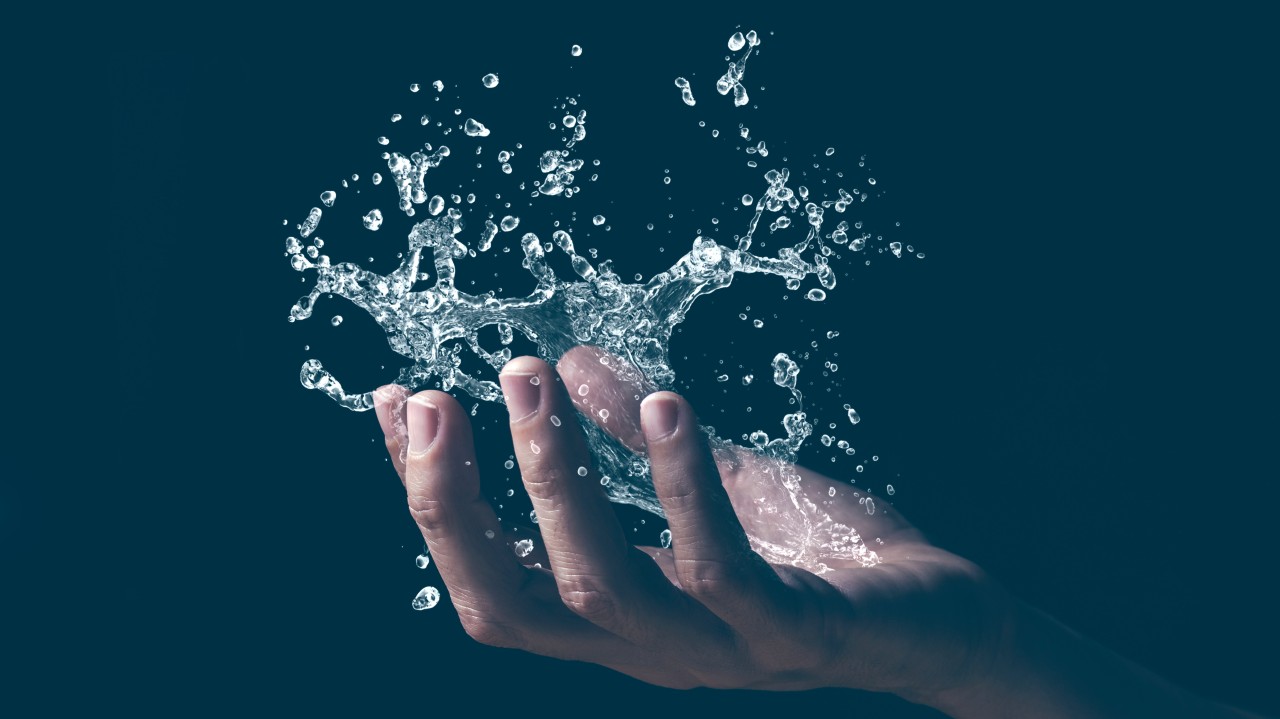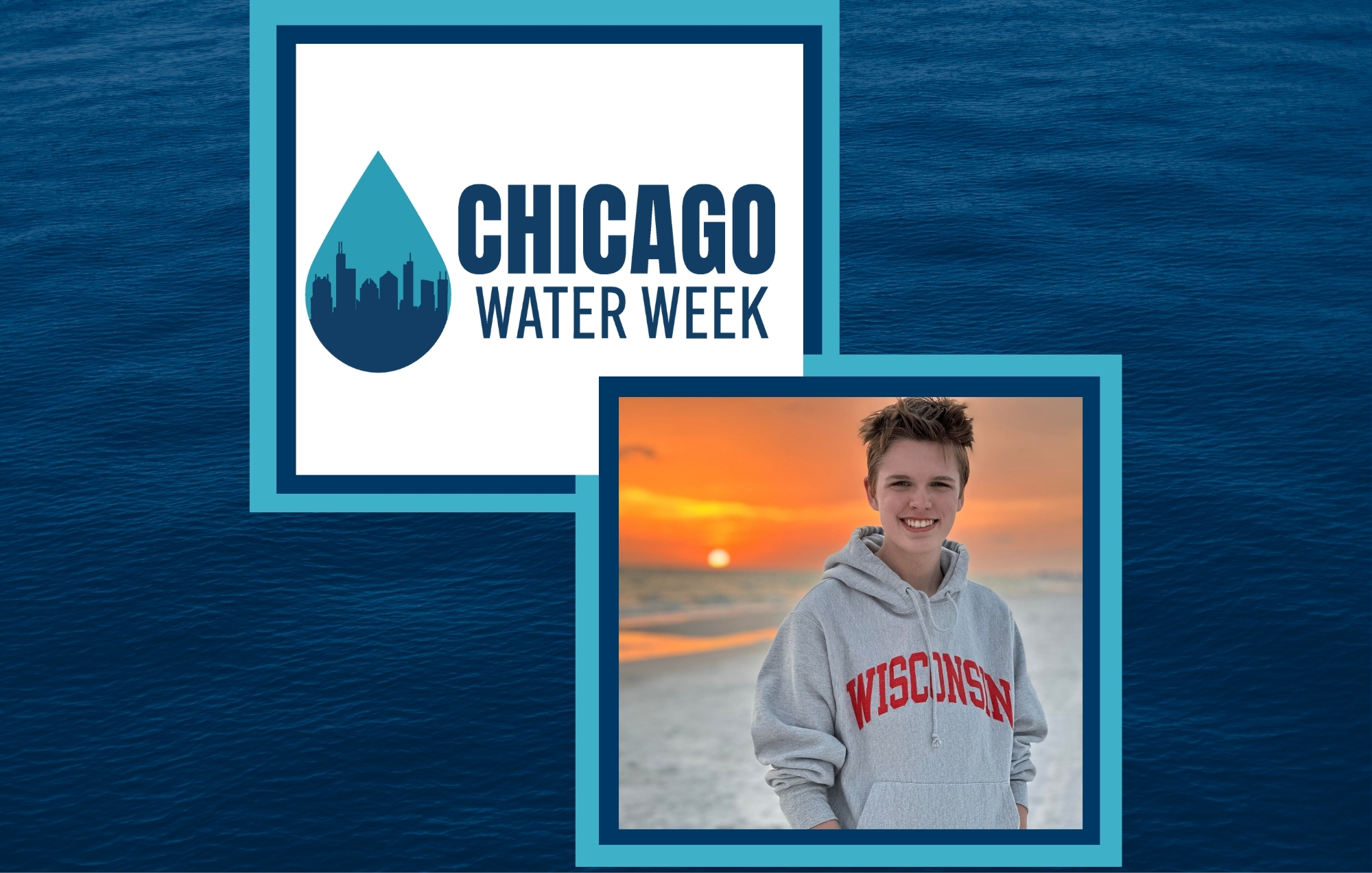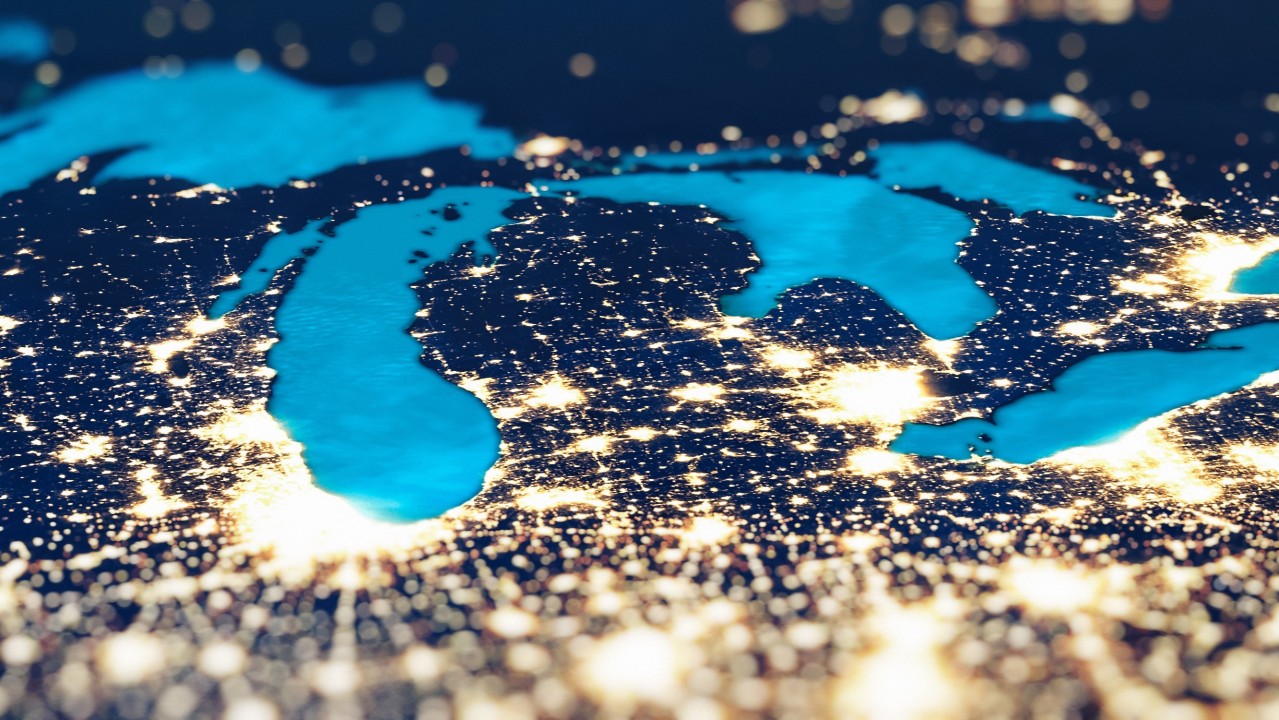What do data centers and dairy farms have in common? Both depend on massive amounts of water to operate.
Today, we’re debuting a new segment in our ReNEWsletter that dives into the industries that surprisingly make or break water use, revealing what’s required to keep production and profits flowing.
We recently talked with David Nowak, P.E., vice president of engineering at Sentry Corporation in Oconomowoc, WI.
Q: Is there a product that requires way more water than people realize?
DAVE NOWAK: People love hamburgers — but meat production involves a lot of water. First, feeding cattle requires a lot of grain, which has to be irrigated. And, meat processing is water-intensive too, from keeping everything clean to actually processing and packaging what becomes ground beef. Add in the lettuce, tomato and the bun, and by the time that hamburger shows up on your plate, it’s taken 660 gallons of water to produce.
Q: Can you share another example?
NOWAK: Any metal processing or plating also uses way more water than most people might understand. That package of zinc-coated nails you picked up at Home Depot? Every step in its manufacturing process demands a lot of water: cooling, descaling and chemical treatments in the steel mills and then baths and rinsing during plating. A lot of what makes our world run comes with significant water demands.
Q: What’s one statistic about industrial water use that most people, even inside the industry, might find shocking?
NOWAK: Power plants are the largest industrial users of water in the United States, according to the U.S. Geological Survey — and it’s mainly used for cooling. But what’s less known is that they’re also the #1 recycler. Much of that water used for cooling is returned to the source, albeit typically at a higher temperature. This can cause thermal pollution, or the industrial discharge of heated water into a lake or river. This causes temperatures to rise, which has environmental effects. The next step is doing everything we can to make sure that the water going back to the source is as clean or even cleaner than it was when it was pulled out.
Q: What’s something most facilities think they’re doing right when it comes to water management—but actually aren’t?
NOWAK: Think about the electricity meter on the outside of your home. The power company uses it to measure your utilization. But you control the usage at the level of your individual devices, and that affects your total. It’s the same in facilities: many focus on tracking water utilization levels — ensuring they don’t go up — rather than on understanding how monitoring and updates can reduce usage. That’s where I see the future going, toward monitoring and measurement to fine-tune processes and ensure that you’re using water in the most efficient way.
Q: What trends do you see emerging in how industrial facilities will source, treat and reuse water over the next decade?
NOWAK: I foresee a lot more focus on source treatment. Think about the meat processors and metal treating plants producing your hamburgers and nails. They’re producing a lot of wastewater, and that puts stress on water treatment facilities. I think we’ll see a push for more pretreatment of water at the factory before it hits the wastewater facility. And if they can reuse and recycle more water, that’s a win-win. It will help utilities, which are built for steady state. And it will help producers, which don’t have to pay for more withdrawal. Finally, those companies that can extract some of the nutrients and minerals in their wastewater will be able to resell what’s valuable rather than sending it downstream.
Q: What are some of the most exciting innovations in water sampling and monitoring today?
NOWAK: There’s a lot of opportunity to automate and digitize. Layer in artificial intelligence, and we can trigger an automated email alert, for example, three indicators that taken together indicate a condenser leak. It’s about looking for patterns and changes that help people, facilities and utilities work smarter.
For more information about Sentry Equipment, please visit www.sentry-equip.com. Together we’re building a stronger, more equitable water workforce across ReNEW’s region of service.
Note: This material is based upon work supported by the National Science Foundation under Cooperative Agreement No. 2315268



